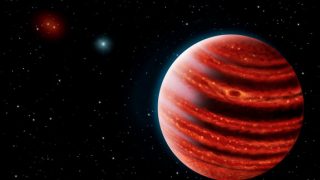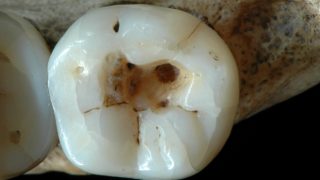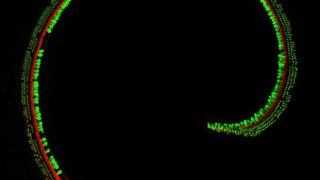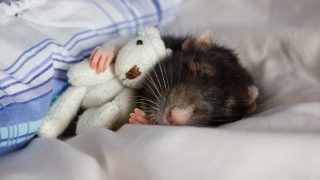
MI weekly selection #142
Humanities & Social Sciences • Science • Technology • Weekly Selection
Small Jupiter-like exoplanet viewed directly by Earth-based telescope An exoplanet resembling a young Jupiter has been found by astronomers using an Earth-based telescope, the Gemini Planet Imager in Chile, according to findings published online in Science. The gas giant has been dubbed 51 Eridani b and is about 96 light-years from Earth. “To detect planets […]








